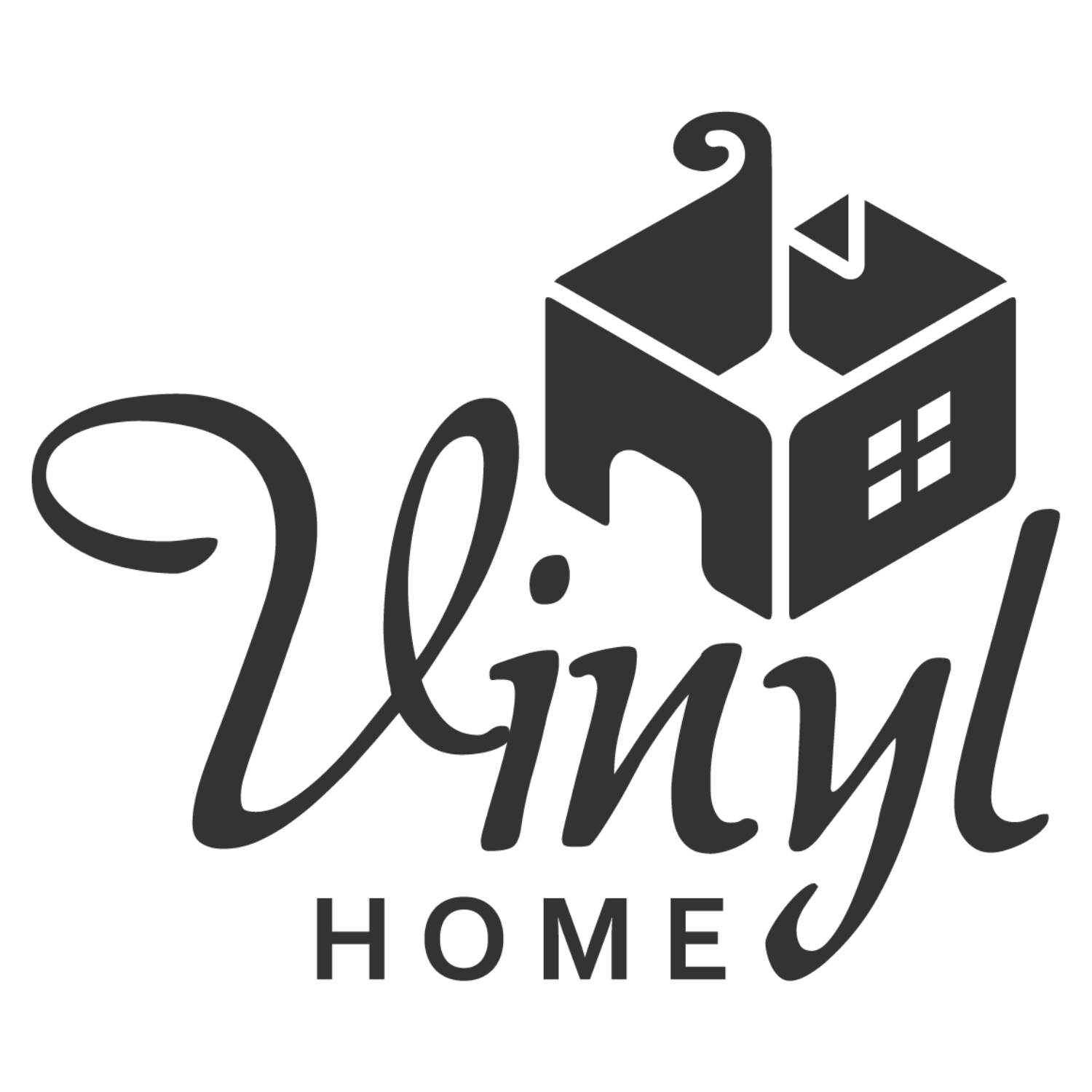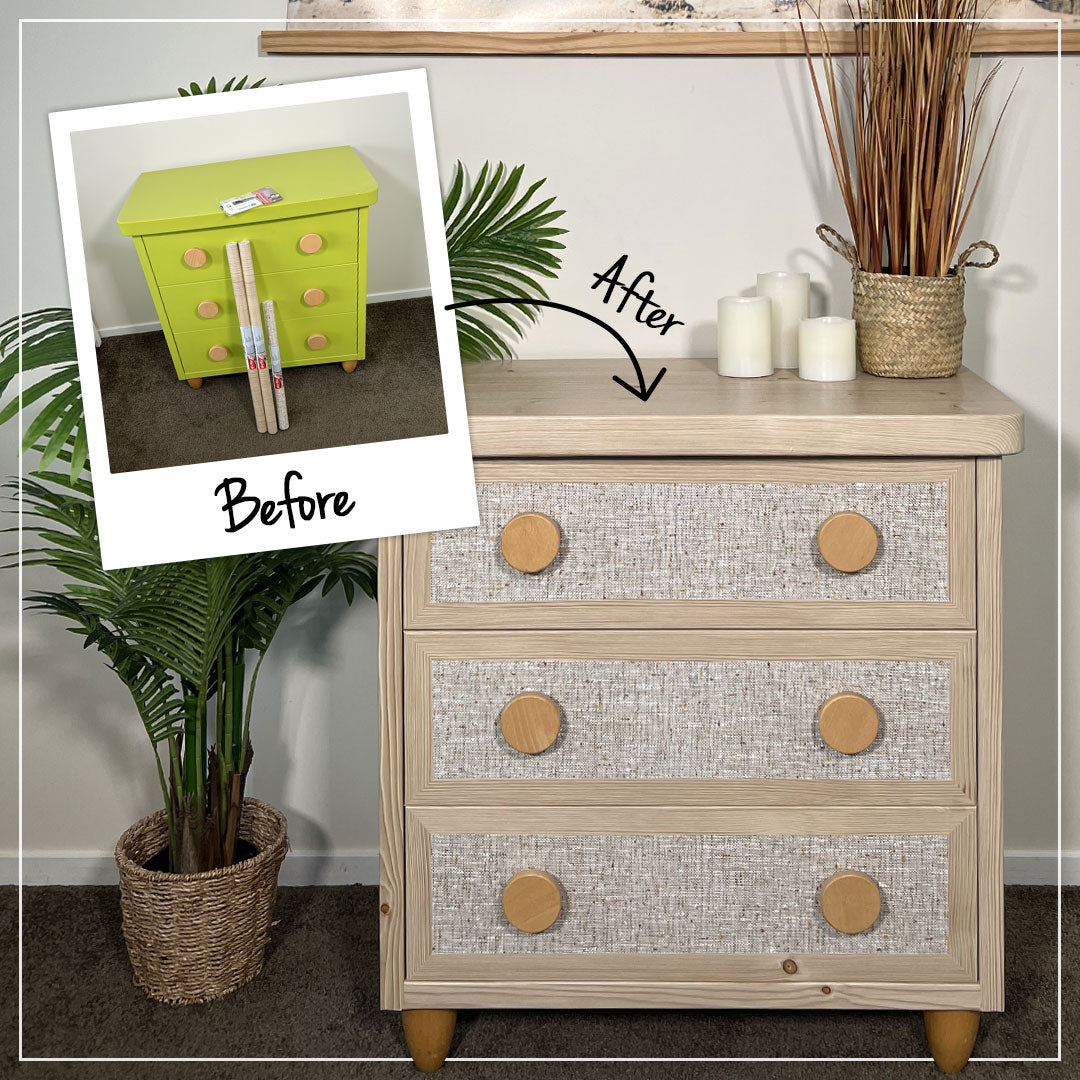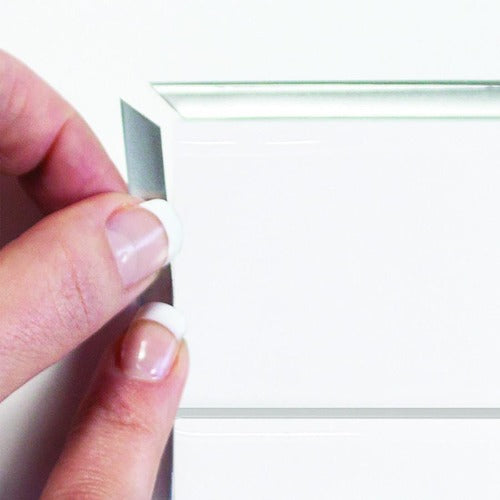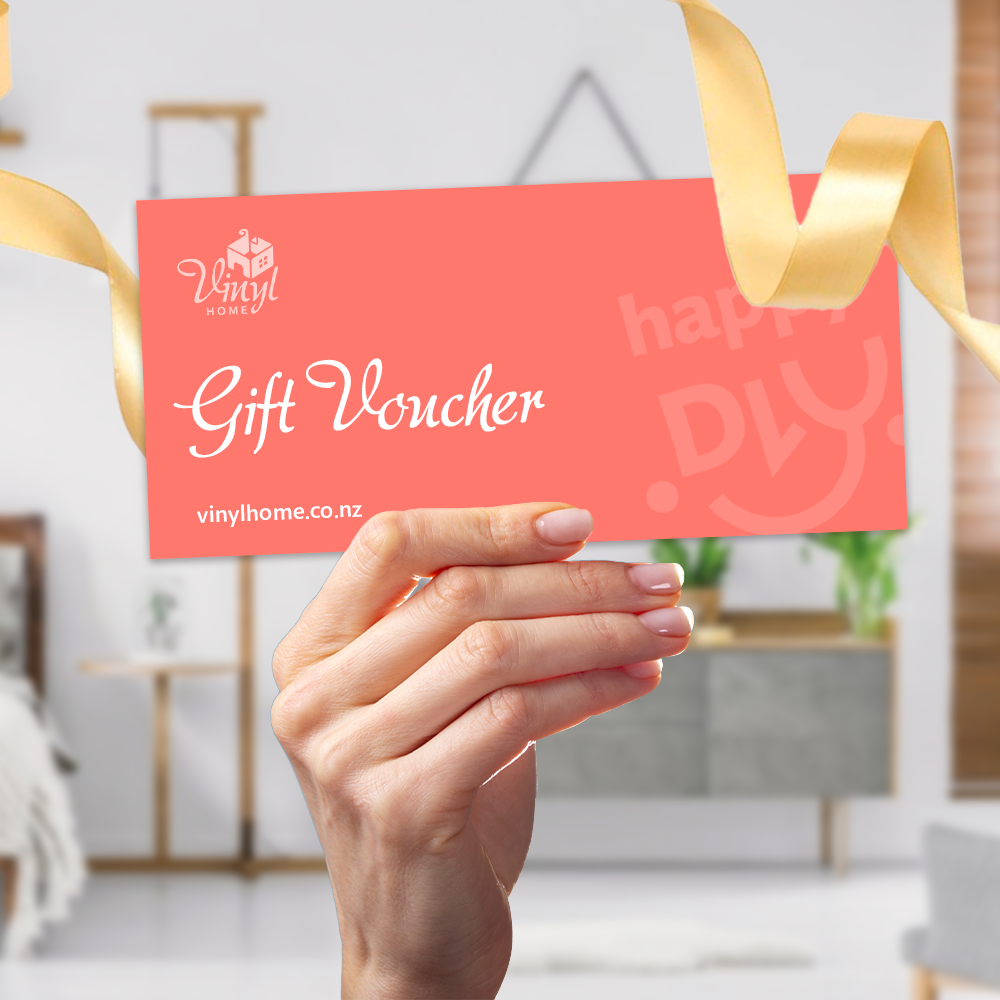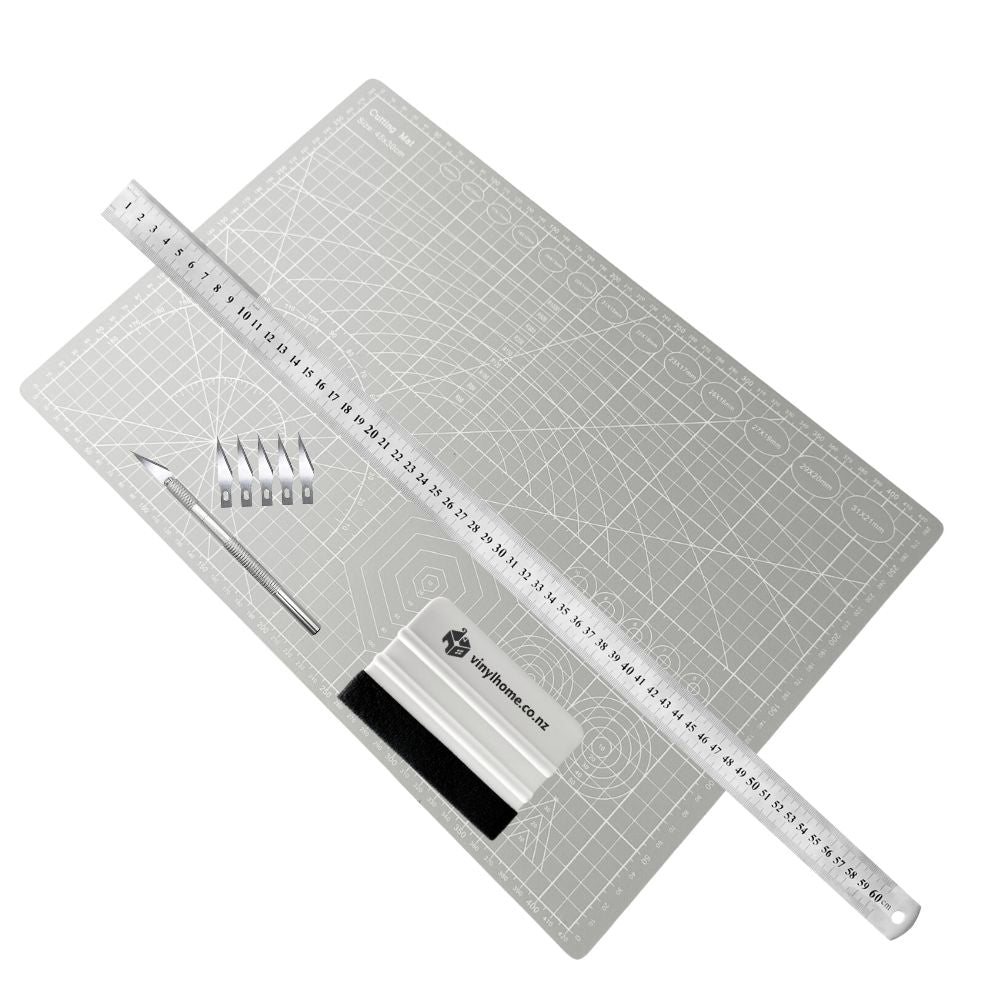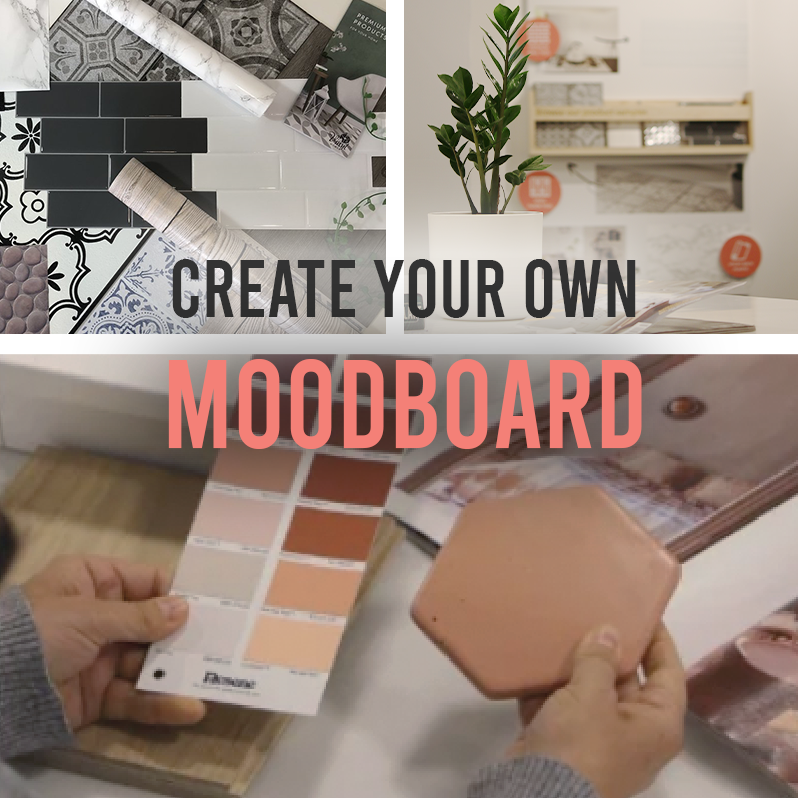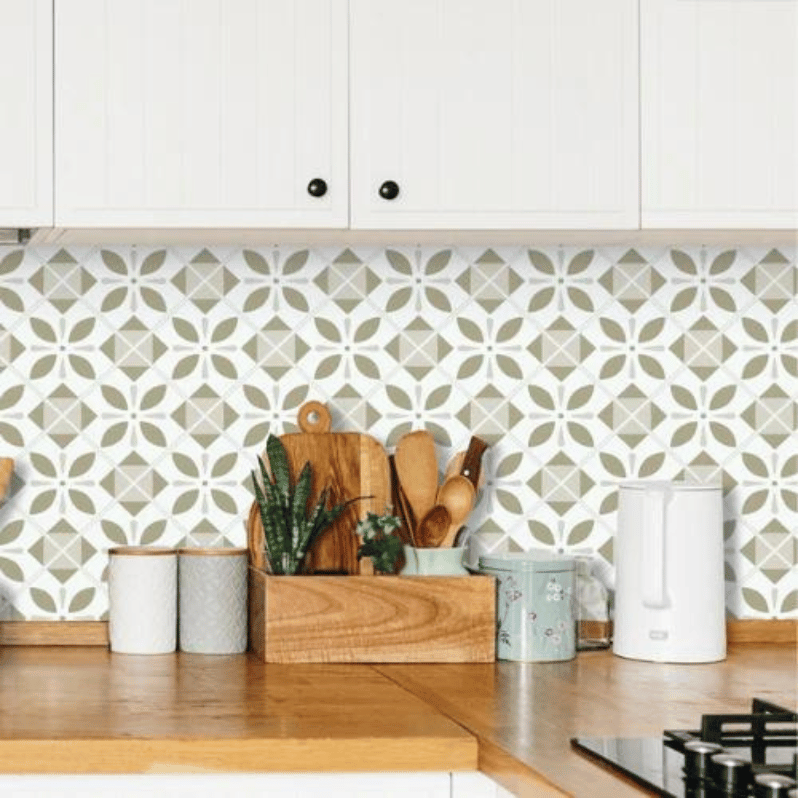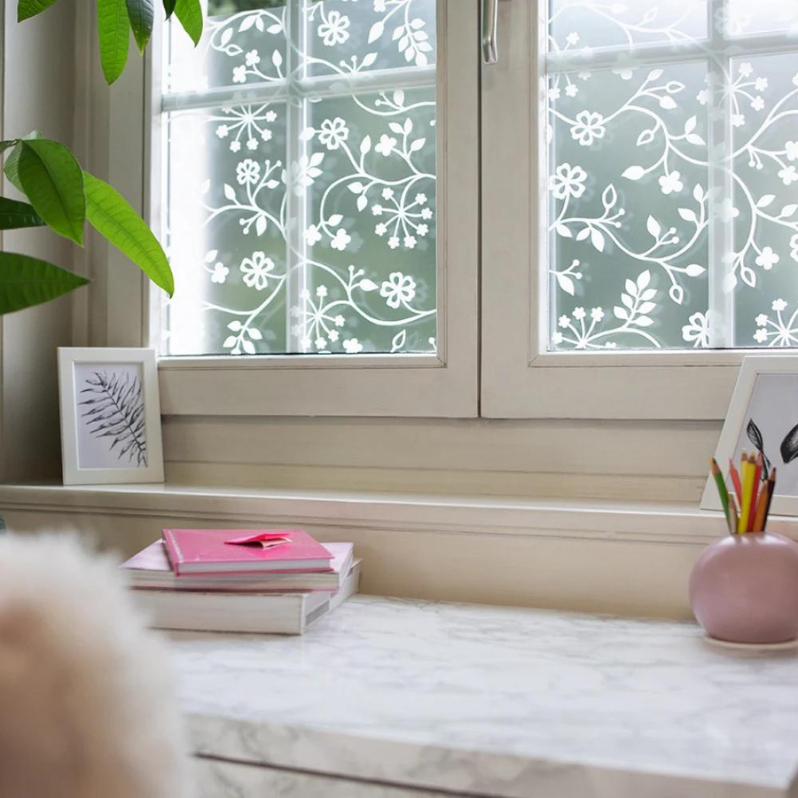Moodboards are a great way to organise your project's inspiration. They're a valuable resource to help keep the style and aesthetics of your project consistent. They're a powerful starting point for a renovation giving you a visual reference and a springboard for new ideas.
They give you an excellent way to refine a project's style and enable you to play around with colours, and textures before you start the design process.
Physical or Digital Moodboards?
Moodboards have always been a visual thing and can be a physical or digital board.
A physical board enables you to collect ideas and samples from various retailers giving you the ability to touch and feel the texture. It also enables you to play around with colour palettes in your home seeing how the light during the day affects it.
A digital moodboard is something that has become very popular as it gives you the ability to include photography, video and a wider collection of ideas as it’s easy to pull together more content digitally and move this around to get the creative juices flowing.
At the end of the day both boards will give you inspiration and will hopefully save you time and money when it comes to your final decision.
How do you create a moodboard?
-
What type of moodboard?
First decide if you are going to create a physical or digital moodboard and begin collecting. Some great digital moodboard templates can be found on Canva and Milanote. Or if you are looking for a quick easy way to create a moodboard why not get one of our blackboard sheets to start your journey.
-
What are you renovating and what’s your vision?
Decide on what you are renovating, is it your whole house, a particular room or a piece of furniture and then think about the main goal of the mood board. Is it to redesign something from scratch or just to modernise and update the feel of the room? Having a vision is key and enables you to keep coming back to make sure you're still on track.
-
What inspires you?
A picture is worth a thousand words so think about all of the things that inspire you and pull them together. Even if some of them get thrown by the wayside later on it’s the thought process that matters. Putting this inspiration down on paper also helps communicate your thoughts which helps others understand what you are imagining.
-
Designs you like?
When renovating a home or a room it’s important to think about what designs you like and how this will fit into the flow of your home. It would be strange to have a modern home and then a country kitchen. When creating a moodboard, always think about your vision and then look around your house, to ensure you take the whole design into consideration.
-
What textures do you want
It’s all very well deciding on the design and style but you also need to work through all the different textures that will appear in the home - from shiny to matte, fluffy to smooth and everything in between. A moodboard enables you to do this and gives the ability to feel the ambiance of the room as well as the design. A real moodboard with actual samples from retailers is a great example of this.
Vinyl Home Moodboards
At Vinyl Home we have created a collection of mood boards online to inspire and educate consumers about our premium vinyl DIY products. They are room based and feature a different style of design for each room. They also highlight the different product we use, take a look:
Industrial Kitchen
Bohemian bedroom
Minimalist study
Ocean themed nursery
French farmhouse kitchen
Vintage living room
Shabby chic bathroom
Scandinavian kitchen
Contemporary bedroom
Take a look and get inspired and remember we also sell samples so you can add these to your mood boards too! Happy designing!

